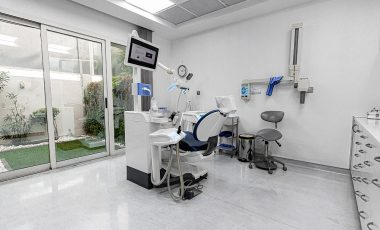Laparoscopic surgery, often referred to as minimally invasive surgery, has revolutionized the field of surgery by offering numerous advantages over traditional open procedures. This innovative technique involves the use of small incisions, specialized instruments, and a camera to perform surgical procedures with minimal scarring and enhanced benefits for patients. In this article, we’ll delve into the world of laparoscopic surgery, explaining how it works and why it’s becoming the preferred choice for many surgical interventions. If you are looking for the best laparoscopic surgeon in Dubai, here is complete guide to help you choose the right one for you.
How laparoscopic surgery works:
Laparoscopic surgery is performed using a laparoscope, a thin, flexible tube equipped with a high-definition camera and specialized surgical instruments. The procedure typically involves the following steps:
Small incisions: Instead of a single large incision used in traditional open surgery, laparoscopic procedures involve several small incisions, typically measuring just a few millimeters in size.
Camera insertion: The laparoscope, or camera, is inserted through one of these incisions. This camera provides a magnified, real-time view of the surgical site on a monitor in the operating room.
Surgical instruments: Additional small incisions are made to allow the insertion of specialized surgical instruments. These instruments are manipulated by the surgeon to perform the procedure while viewing the surgical site on the monitor.
Procedure: The surgeon performs the necessary surgical steps, which may include removing tissues, repairing organs, or addressing other medical conditions, all with the aid of the laparoscope and specialized instruments.
Closure: Once the procedure is complete, the small incisions are closed with stitches or surgical glue. In most cases, these incisions are so small that they require minimal, if any, sutures.
Benefits of laparoscopic surgery:
Minimal scarring: One of the most significant advantages of laparoscopic surgery is the minimal scarring it leaves behind. The small incisions result in tiny scars that are far less noticeable than the large scars from open surgery.
Faster recovery: Laparoscopic surgery often leads to quicker recovery times compared to traditional open surgery. Patients typically experience less postoperative pain, reduced hospital stays, and a faster return to their normal activities.
Reduced blood loss: The minimally invasive nature of laparoscopic surgery typically results in less blood loss during the procedure, reducing the need for blood transfusions.
Lower risk of infection: Smaller incisions mean a reduced risk of infection, as the openings are easier to keep clean and sterile.
